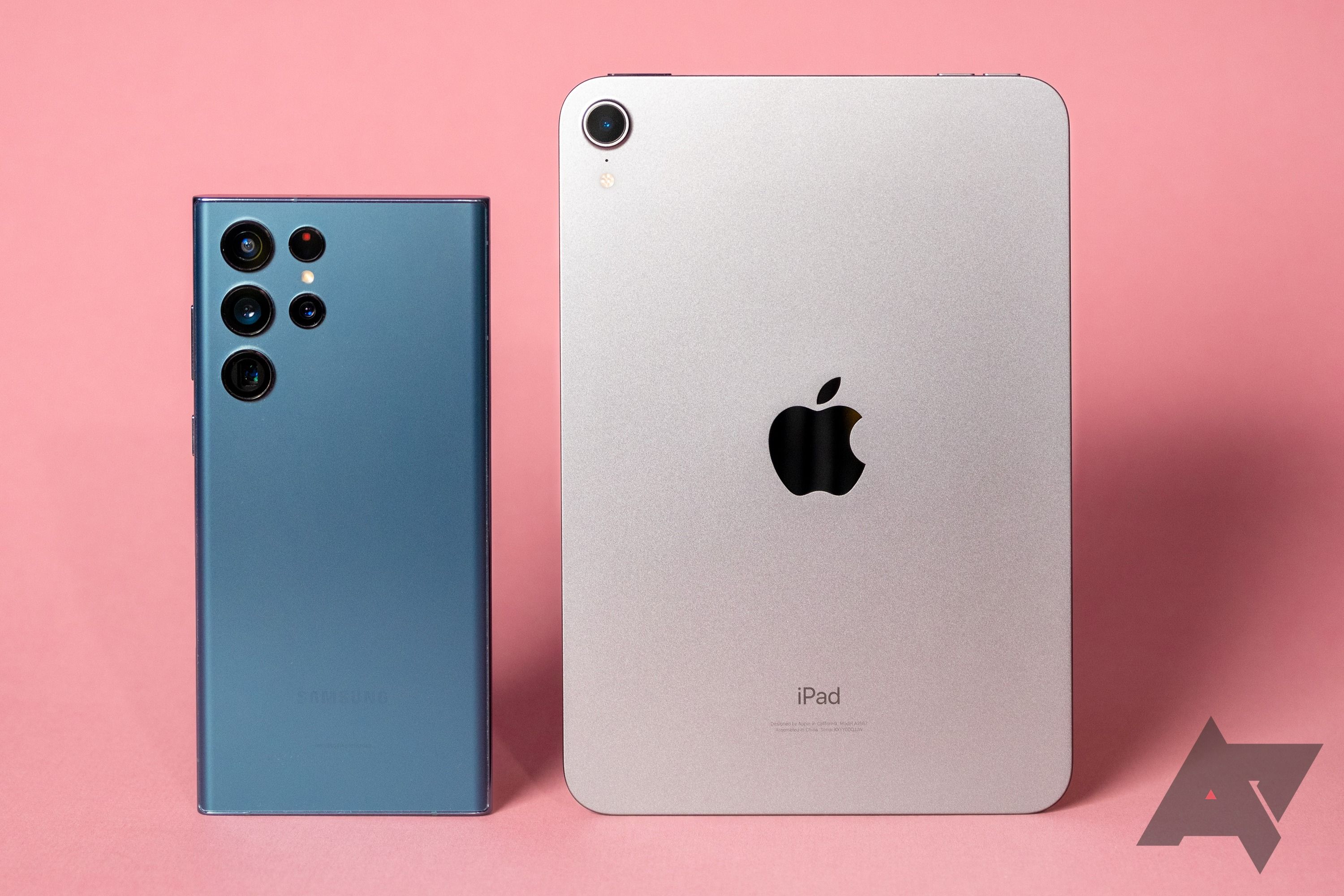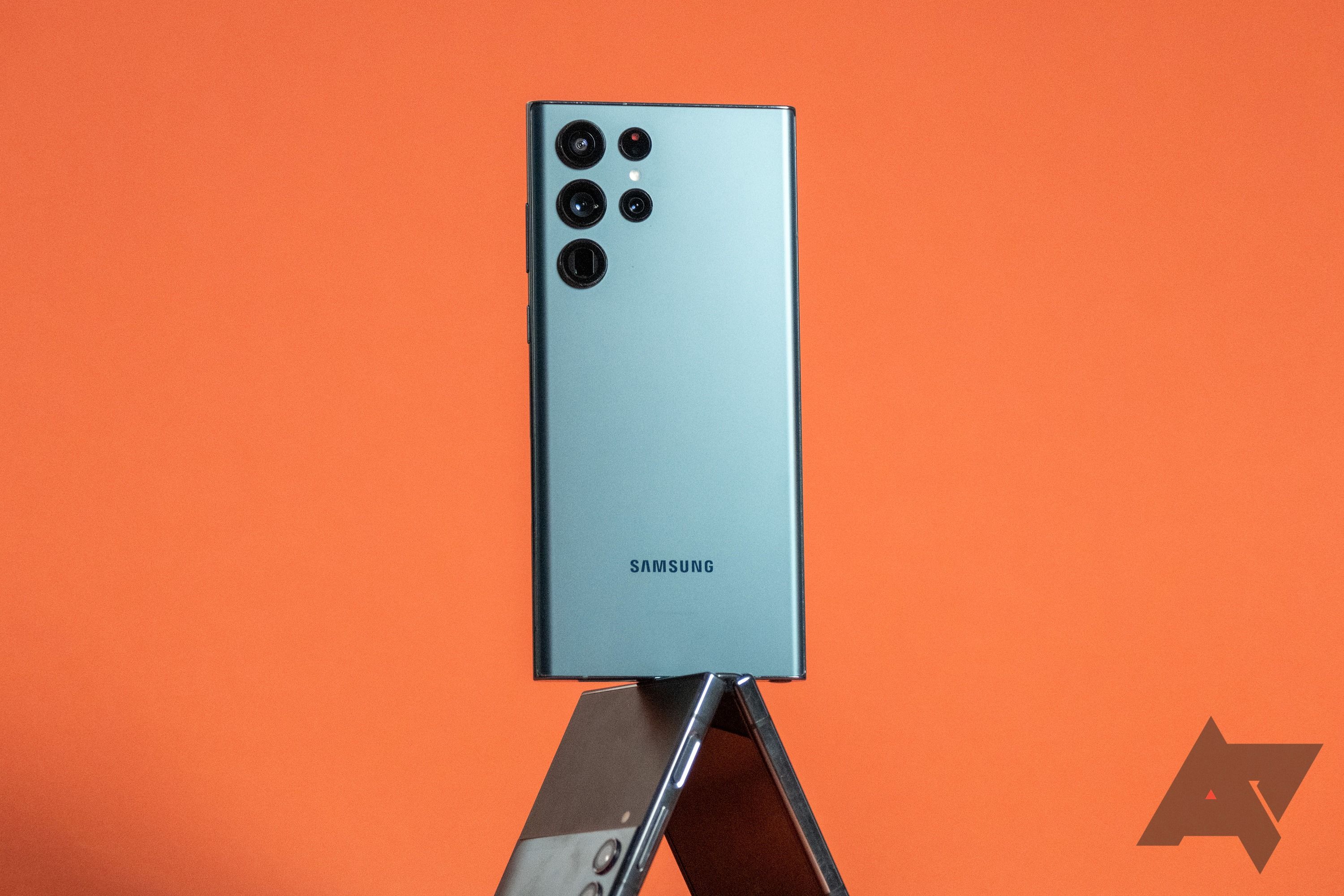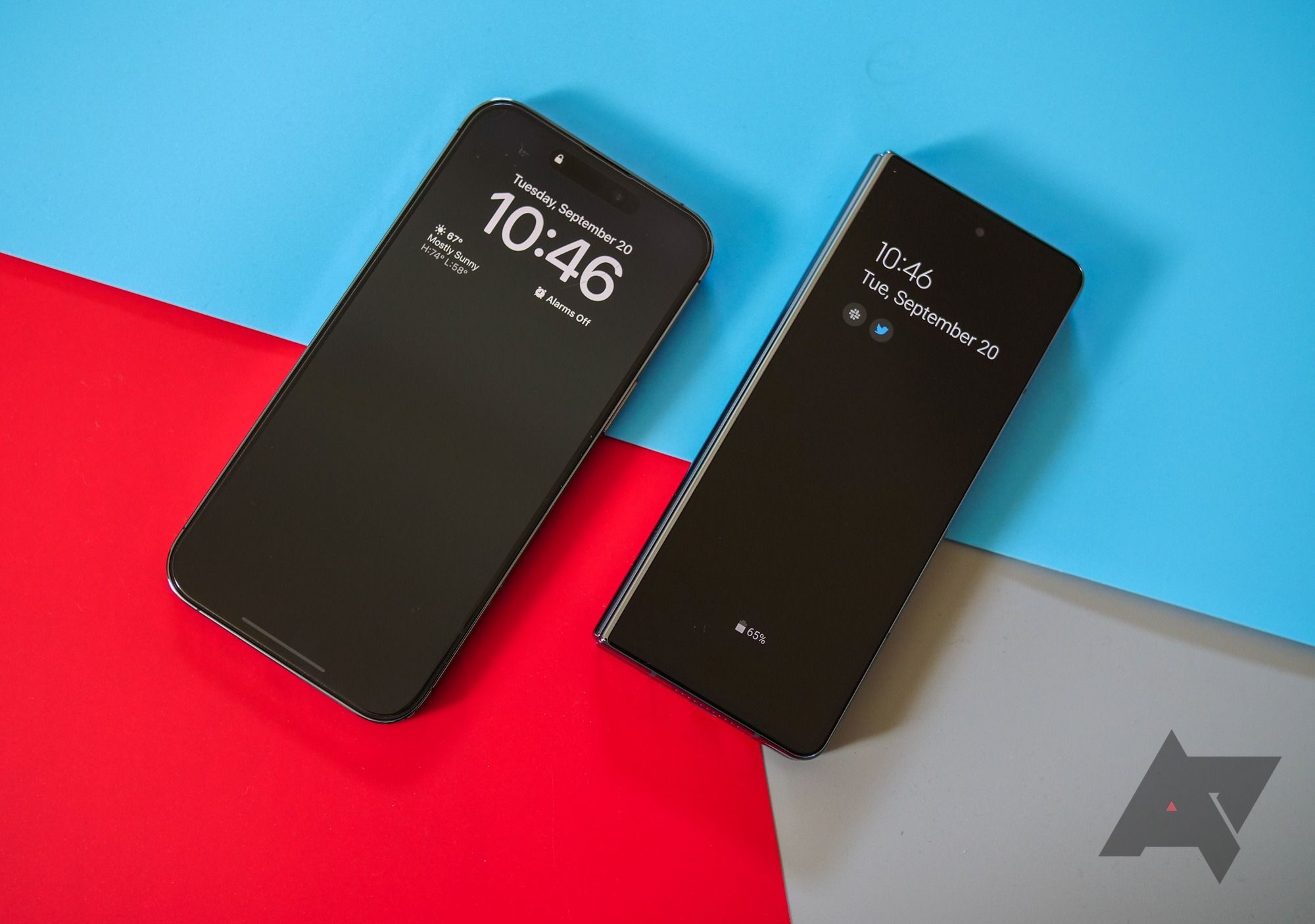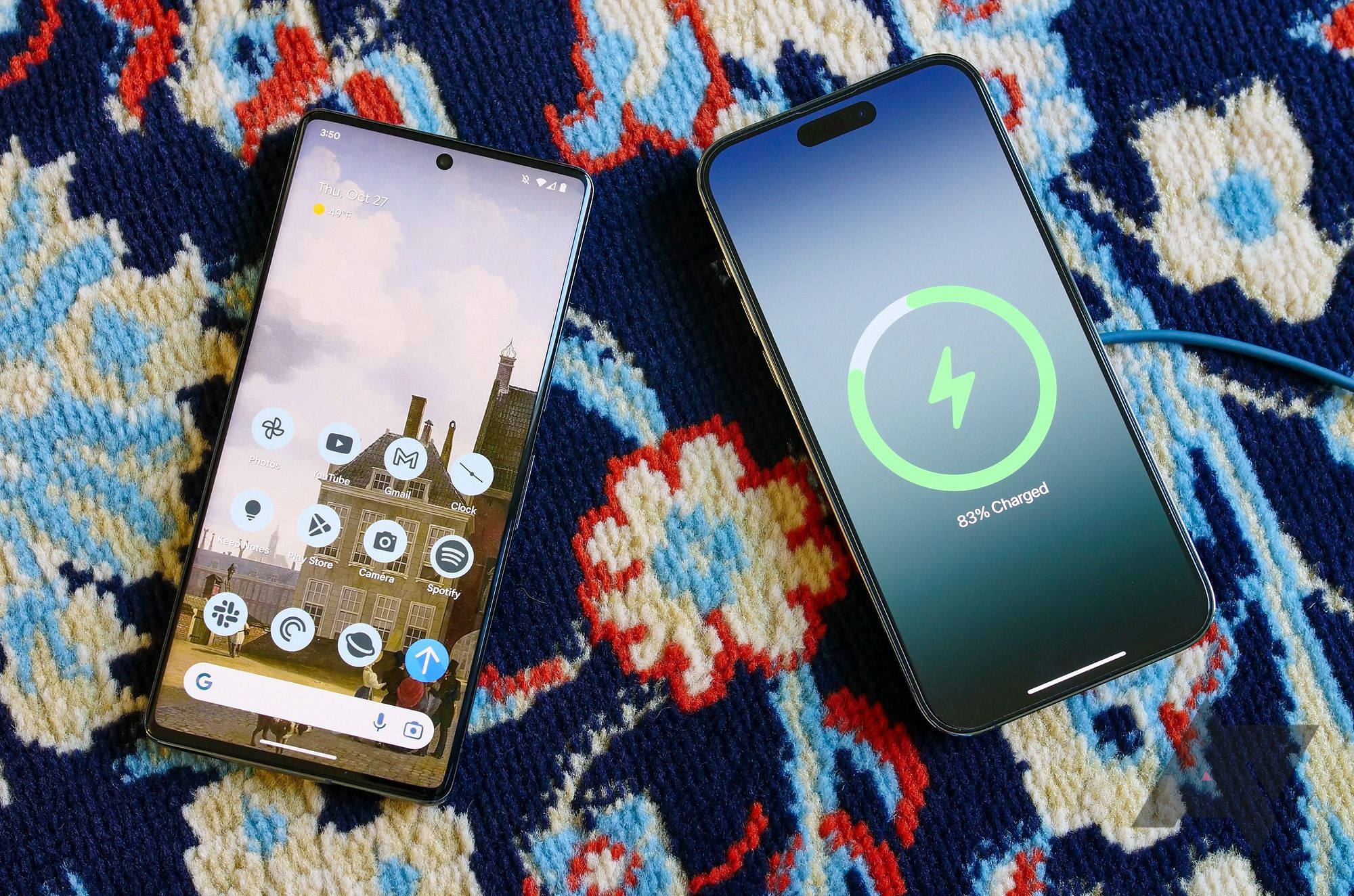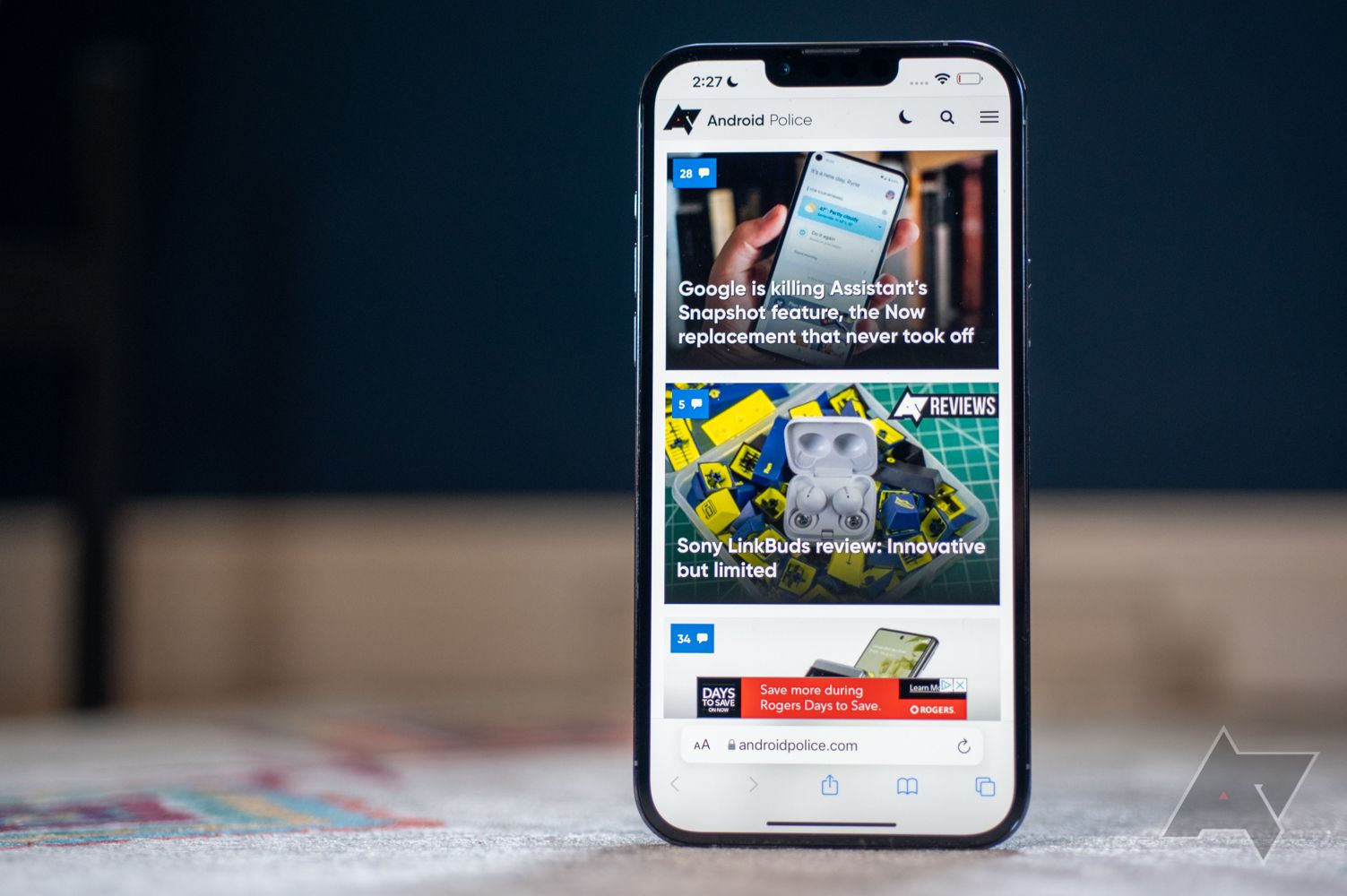My Google Pixel 7 Pro has more RAM than my desktop computer. That computer is hardly a pro-level rig — my job is mostly typing — but the point stands: many of the best Android phones have a lot of memory these days. It's not unusual to see 12GB on current Android phones like the Pixel 7 Pro and the highest trim Samsung Galaxy S22 Ultra, and some phones have 16GB of RAM or more. Each phone in the iPhone 14 series, on the other hand, has 6GB of RAM, but they still perform as well as or better than Android phones with twice as much. How could that be?
What is RAM?
RAM stands for random-access memory. There are multiple types of RAM, but the kind used in smartphones, SDRAM, is volatile. Unlike your phone's non-volatile flash memory, where information is stored long-term, RAM can only retain information while your device is powered on. It's essentially your phone's working memory — it contains the information your device is actively using at any given time.
The more RAM your phone has, the more stuff it can keep in its working memory. As you open additional apps (or additional content within a single app), your phone allocates available RAM to each new process. Eventually, there's no available RAM left, and your device has to decide which processes to end to keep things running smoothly. All else being equal, a phone with 8GB of RAM will be able to keep more processes active than one with 4GB of RAM, so jumping between activities will feel faster on the phone with more RAM.
Why does Android need more RAM than iOS?
There isn't a definitive reason, but several contributing factors instead. For one, Android and iOS apps are built differently. There are only a few new iPhones and iPads each year, all running on similar hardware (that gets more similar each year). Because iOS apps only run on a few homogenous chipsets, they can be built specifically for those chipsets using so-called native programming languages (notably, Swift). Code written for iOS apps is compiled directly into instructions that Apple's CPUs can understand without any kind of translation.
On the other hand, Android powers a practically unlimited number of different devices, with chipsets built by Qualcomm, Samsung, MediaTek, and others all needing to run the same apps. Because it would be impossible to manually ensure compatibility with all those disparate hardware configurations, Android apps are written in programming languages (Kotlin and Java) that can translate into a sort of common language that's then translated a second time into native code for a given chipset. This common language is called bytecode.
Bytecode isn't specific to any particular hardware, so the device must convert the code to native code before it's executed. Compared to executing native code directly, the way iOS does, that process takes up additional resources, meaning an app that looks and performs identically across Android and iOS is typically going to require more available RAM to run on a Samsung Galaxy S23 than it does on an iPhone 14.
Each operating system also manages RAM differently. Android employs a method of memory management called garbage collection. This process periodically roots out objects in memory that are no longer being used and boots them, freeing up RAM in the process. But iOS uses automatic reference counting (ARC), which automatically assigns objects in memory a numerical value based on how many other objects refer to them, removing objects whose value reaches zero.
Because garbage collection only sweeps for unused objects periodically, it can lead to brief accumulations of unhelpful information gumming up RAM. ARC, by contrast, doesn't have this problem — individual unneeded objects are removed from memory as soon as they're identified.
Android is less restrictive on apps running processes in the background than iOS is, too, so apps you aren't actively using can hang out in RAM on Android phones more easily than on iPhones. Android's flexibility is one of the platform's greatest strengths, but such flexibility may require RAM to be used less efficiently.
Is extra RAM such a bad thing?
Ultimately, Android and iOS have different RAM needs because the two operating systems work differently—Android is a more flexible operating system than iOS, both in terms of what devices can run it and how developers can use it. Such flexibility comes at the cost of higher RAM requirements for similar performance to iPhones.
But considering the $1,100 iPhone 14 Pro Max and the $450 Google Pixel 6a each have six gigabytes of RAM, it's pretty clear memory isn't much of a cost driver. Although Android may need more RAM, the additional memory isn't necessarily a bad thing if manufacturers can deliver flagships priced similarly to, or even under, comparable iPhones.

